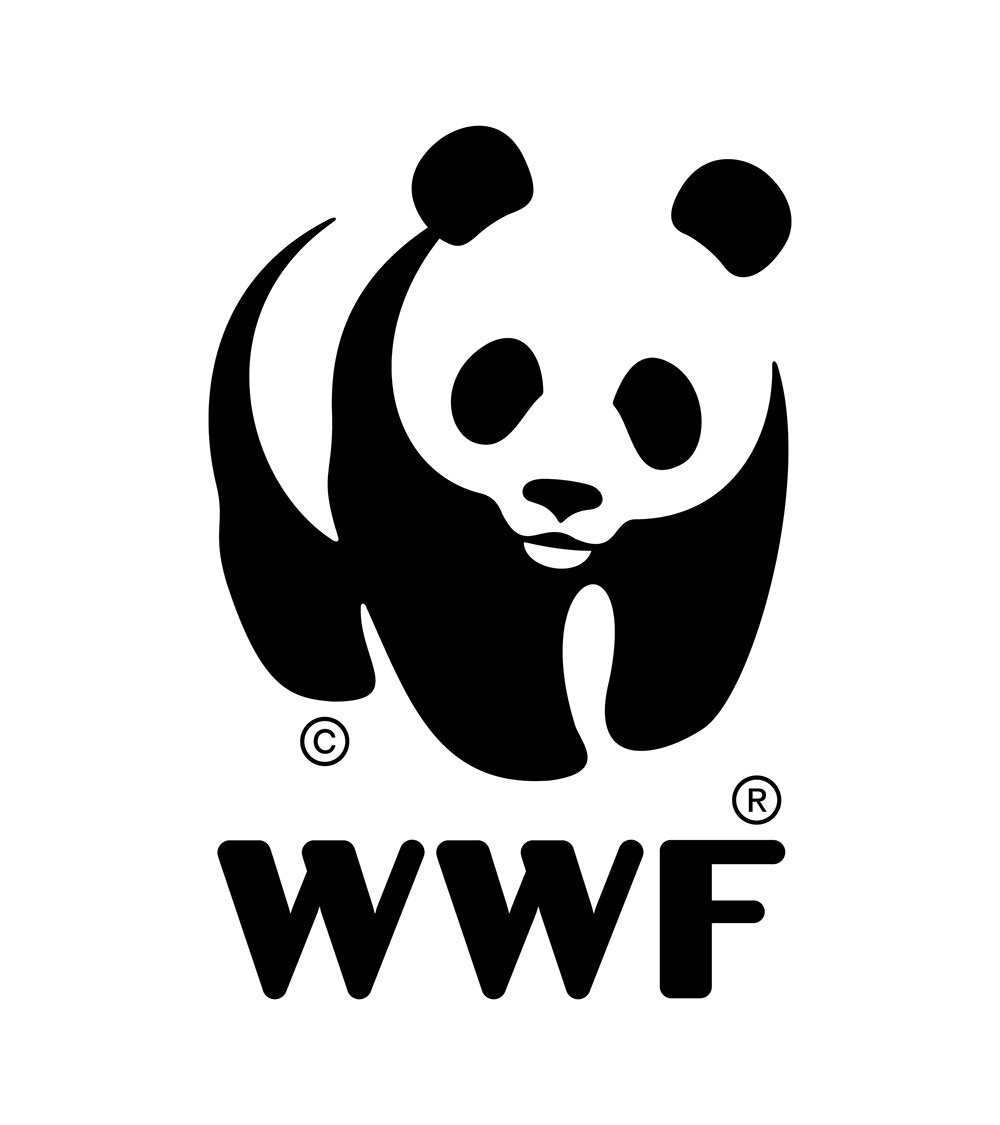Protecting whales is climate positive
© Oliver Scholey/Hector Skevington-Postles/Silverback/Netflix
This Earth Day on Thursday 22 April, United States President Joe Biden has invited 40 world leaders to a virtual Leaders Summit on Climate to galvanise efforts to tackle the climate crisis. Included on the summit’s ambitious agenda is the role nature-based solutions can play in achieving net zero emissions by 2050.
Nature-based solutions for climate harness the power of nature to reduce greenhouse gas emissions and also help us, ecosystems and even marine biodiversity adapt to the impacts of climate change. And, they’re needed more urgently than ever. The world has already warmed by 1.2° Celsius above pre-industrial levels. Without a substantial drop in greenhouse gas emissions by 2050, we face a temperature rise 3° Celsius or more, with far-reaching effects on ecosystems and on humankind’s ways of life, effects we’re already seeing today. WWF works globally on promoting nature-based solutions and prioritising actions that could have climate benefits.
Protecting whales can have climate benefits
There is growing scientific evidence that whales play a significant role in capturing carbon from the atmosphere and regulating global climate, as WWF’s Protecting Whales and Dolphins Initiative Global Lead Chris Johnson explains.
“Whales accumulate carbon in their bodies during their long lives. When they die, they sink to the bottom of the ocean, locking that carbon away for hundreds of years – a literal carbon sink. Each great whale sequesters 33 tons of CO2 on average. A tree, meanwhile, absorbs only up to 48 pounds of CO2 a year.”
Part of whales’ carbon capture potential is connected to their role in increasing the production of phytoplankton. These microscopic marine organisms are critically important to life on Earth, generating about half the atmosphere's oxygen and capturing about 40 per cent of all CO2 produced. As whales rise up through the ocean to breathe and migrate across the globe, they leave a trail of iron- and nitrogen-rich waste behind them, providing ideal growing conditions for phytoplankton. And more phytoplankton means more carbon capture.
“If whale populations were able to be restored to their pre-whaling number of about 5 million – at the moment the population is around 1.3 million – this could significantly boost the quantity of phytoplankton in our oceans and the carbon they capture each year. Hence supporting international efforts to restore whale populations is an incredibly effective way to fight climate change,” says Johnson.
Climate change – an unprecedented threat
While healthy and plentiful whale populations are critical for ramping up carbon capture and averting catastrophic climate change, they are also on the frontline in terms of climate impacts.
“The science is unequivocal – climate change is threatening the stability of marine ecosystems that are undergoing a rapid, unprecedented transformation,” says Johnson.
Threats from a changing climate range from changes in sea temperature and the freshening of the seawater because of melting ice and increased rainfalls, to sea level rise, loss of icy polar habitats and the decline of prey in key areas. While whales, dolphins and porpoises have some capacity to adapt to this changing environment, the climate is now changing at such a fast pace that it is unclear to what extent they will be able to adjust.
30x30 – a nature-based solution with benefits for wildlife and people
“Our goals are clear – to safeguard species and to secure critical ocean habitat, so that by 2030, 30 per cent of critical habitats for whales and dolphins are protected or managed responsibly,” says Johnson. “Achieving our goals is critical, not only for the health and well-being of these iconic and much-loved species, but for maintaining healthy oceans and a safe climate for all life on Earth, including us.”
Protecting whales is part of the solution to fight back. As governments around the world are making commitments to fight climate change at home, this year we can deliver on commitments to establish networks of marine protected areas in our oceans – creating a safety net for wildlife. “We can provide space for nature to adapt to current and projected changes, safeguarding Earth’s biodiversity for future generations,” says Johnson.
With the consequences of climate change here and now, it’s a race against time. Working with partners, WWF’s Protecting Whales and Dolphins Initiative is mapping routes of migratory whales moving through international waters, national seas and coastal areas and between key breeding and foraging areas, analysing the overlapping, growing threats, and highlighting opportunities for governments to take action.
Links:
President Biden Invites 40 World Leaders to Leaders Summit on Climate
Nature’s Solution to Climate Change. International Monetary Fund 2019.
Learn more about WWF’s Climate work.


